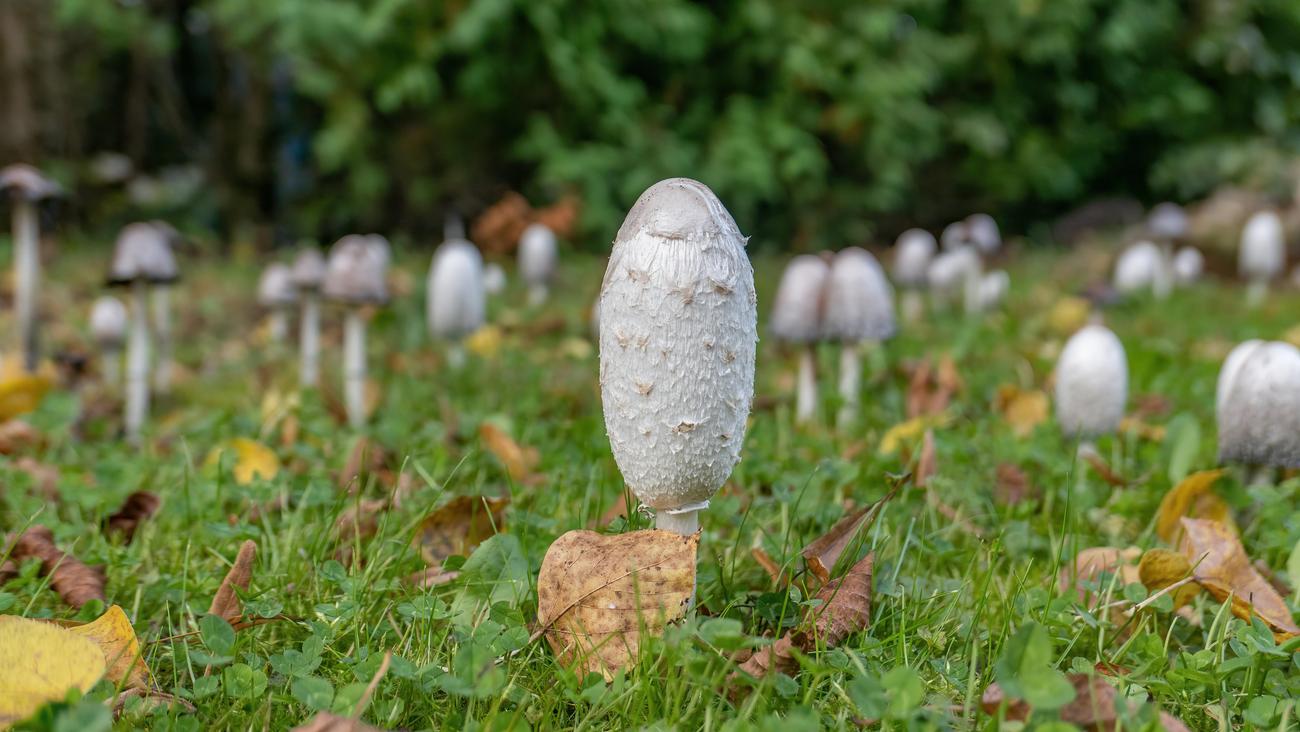Are you ready to dive into the world of salivary amylase? Prepare to be captivated by the enchanting facts and secrets that this incredible enzyme holds. As a skilled biologist and expert in enzymology, I am thrilled to present to you an insightful article that unravels the mysteries of salivary amylase. Get ready to embark on a journey of scientific discovery as we explore the fascinating facts about this vital enzyme and delve into its role in digestion and overall health. So, tighten your seatbelts and get ready for a thrilling ride through the remarkable world of salivary amylase!

Facts About Salivary Amylase
Salivary amylase, also known as ptyalin, is a remarkable enzyme that plays a crucial role in the process of digestion. Let’s delve into some fascinating facts about this enzyme and unravel its significance in our overall health.
- The Primary Enzyme in Saliva: Salivary amylase takes center stage in our mouths, as it is the primary enzyme present in saliva. This enzyme kickstarts the digestion of carbohydrates by breaking them down into smaller molecules, particularly sugars. Its presence in saliva ensures that the digestion process begins as soon as we start chewing our food.
“With every bite we take, salivary amylase jumps into action, helping us break down complex carbohydrates into simpler components.”
Digesting Starchy Foods: If you’ve ever wondered how our bodies manage to digest starchy foods like potatoes, rice, and pasta, the credit goes to salivary amylase. As we chew these foods, salivary amylase gets to work, breaking down the long chains of starch molecules into shorter chains and eventually into sugars. This breakdown makes it easier for our bodies to extract the necessary nutrients.
Found in Plants and Animals: Salivary amylase is not only found in humans but also in various plants and animals. This suggests its importance in the broader context of evolution and the digestive processes of different organisms. The presence of salivary amylase in multiple species underscores its fundamental role in carbohydrate digestion.
Declines with Age: As we age, the synthesis of enzymes, including salivary amylase, gradually declines. This decline can potentially impact our ability to efficiently digest carbohydrates. Therefore, it’s essential for older individuals to pay attention to their diet, ensuring it includes foods that are easily digestible and require less enzymatic action.
“Just like our bodies change with age, so does the production of salivary amylase. This natural decline highlights the importance of conscious dietary choices for elderly individuals.”
To summarize, salivary amylase is a key player in the digestion of carbohydrates. Its presence in saliva allows for the efficient breakdown of starches, making it easier for our bodies to extract the necessary nutrients. However, it’s important to be mindful that the synthesis of salivary amylase declines with age, necessitating dietary adjustments for older individuals.
With these facts about salivary amylase in mind, we gain a deeper understanding of its critical role in digestion and overall health. So next time you savor a delicious meal, remember to appreciate the work of salivary amylase, our trusty enzyme companion in the journey of digestion.
Saliva is not just a simple bodily fluid, but a fascinating and vital part of our daily lives. Have you ever wondered about the hidden secrets behind this seemingly ordinary substance? Well, we have the lowdown on all the mind-boggling facts about saliva that will leave you amazed and wanting to know more. From its role in digestion to its impressive antibacterial properties, saliva is truly a wonder of nature. To uncover the mysteries surrounding this essential bodily function, dive into our comprehensive collection of facts about saliva. Click here to explore the intriguing world of saliva: Facts about Saliva.
Salivary amylase, an enzyme found in our saliva, plays a fascinating role in the process of digestion. Did you know that there are some surprising facts about salivary amylase that you may not be aware of? Discover the intriguing insights about this enzyme by clicking here: surprising facts about salivary amylase.
As we delve deeper into understanding this enzyme, let’s explore the functions of salivary amylase in digestion. This isn’t just your average enzyme; it has a crucial role in breaking down complex carbohydrates and kickstarting the digestion process. If you are curious to learn more about how salivary amylase aids in digestion, click on the following link: functions of salivary amylase in digestion.
Considering the importance of oral health, it’s essential to recognize the significant role that salivary amylase plays in maintaining it. The presence of salivary amylase aids in the prevention of oral diseases and contributes to the overall well-being of our oral cavity. To gain a deeper understanding of the importance of salivary amylase in oral health, make sure to click on this link: importance of salivary amylase in oral health.
Salivary amylase is more than just a saliva component; it holds fascinating facts, serves vital functions, and plays a crucial role in our oral health. Take the leap and click on the provided links to explore and expand your knowledge about this remarkable enzyme.
Action of Salivary Amylase on Starch – An Essential Process in Carbohydrate Digestion
[youtube v=”iaqxTaXit9M”]
Introduction:
Carbohydrate digestion is an essential process that helps us derive energy from our food. Salivary amylase, the primary enzyme found in saliva, plays a crucial role in breaking down carbohydrates into smaller molecules. This article focuses on understanding the action of salivary amylase on starch, the effect of different temperatures on its activity, and the influence of pH on this enzymatic process.
Effect of Different Temperatures on Salivary Amylase Activity:
Salivary amylase is responsible for breaking down starchy foods such as potatoes, rice, and pasta by converting starch into simpler sugars. To investigate the effect of temperature on the activity of salivary amylase on starch, an experiment was conducted using three different temperatures – 5°C, 37°C, and 50°C.
Three series of test tubes were prepared, each containing iodine solution. The experimental setup involved dividing a 15ml 1% starch solution and 1% NaCl solution into three test tubes labeled A, B, and C. Test tube A was placed in an ice beaker set at 5°C, test tube B in a water bath at 37°C, and test tube C in a beaker set at 50°C.
Saliva solution was added to each test tube, and drops from each tube were immediately transferred to test tubes containing iodine solution at a regular interval of 2 minutes. The change in color of iodine indicated the activity of salivary amylase. It was observed that at 37°C, the enzyme was most active, taking only 4 minutes to digest the starch. However, at temperatures higher or lower than 37°C, the enzyme took longer to digest the starch.
“The enzyme is most active at 37°C, whereas at higher or lower temperatures, it takes longer to digest starch.”
Effect of pH on Salivary Amylase Activity:
Another experiment was conducted to understand the effect of different pH levels on salivary amylase activity. Three different pH levels, namely pH 5, pH 6.8, and pH 8, were used to create different test conditions.
Similar to the previous experiment, three test tubes were prepared, each containing iodine solution. The 15ml 1% starch solution and 1% NaCl solution were divided among the test tubes A, B, and C. pH tablets corresponding to the desired pH levels were added to each test tube. The test tubes were then placed in a water bath set at 37°C.
Saliva solution was added to each test tube, and drops from each tube were transferred to test tubes containing iodine solution at regular intervals of 2 minutes. The change in color of iodine indicated the activity of salivary amylase. It was observed that salivary amylase reacted to the test tube at pH 6.8, which is slightly acidic, and digested the starch. However, it did not react to the test tubes at pH 5 and pH 8, which were either too acidic or too alkaline.
“The salivary amylase enzyme is active in slightly acidic conditions, as demonstrated by its reaction to the pH 6.8 test tube.”
Conclusion:
Salivary amylase, an enzyme found in the saliva of humans, plants, and animals, is vital for the digestion of carbohydrates. It breaks down complex starch molecules into simpler sugars to facilitate energy absorption. However, the effectiveness of salivary amylase is influenced by factors such as temperature and pH.
Temperature plays a significant role, with the enzyme being most active at 37°C, the normal body temperature of humans. At higher or lower temperatures, the enzyme’s activity decreases, and starch digestion takes longer.
pH also affects the activity of salivary amylase, with optimal enzymatic activity observed in slightly acidic conditions. Salivary amylase does not react to extremely acidic or alkaline environments, hindering starch digestion.
Understanding the action of salivary amylase on starch and the factors affecting its activity provides valuable insights into the digestive process. Further research in this field can contribute to improving overall digestion and developing targeted therapies for individuals with specific enzyme deficiencies.
Remember, as we age, the production of salivary amylase declines. Therefore, older individuals should consider adjusting their diet to incorporate easily digestible foods due to the reduced enzymatic capacity.
In summary, salivary amylase is a crucial enzyme in carbohydrate digestion, empowering us to derive energy from starchy foods. Its activity is influenced by temperature and pH, and understanding these factors can help optimize digestion and overall nutrition.
(Note: This article is based on the content of the mentioned video and is intended to provide educational information only.)

FAQ
Q: What is salivary amylase?
A: Salivary amylase, also known as ptyalin, is the primary enzyme found in saliva. It plays a crucial role in the digestion of carbohydrates.
Q: How does salivary amylase work?
A: Salivary amylase breaks down complex carbohydrates, such as those found in starchy foods like potatoes, rice, and pasta, into smaller molecules called sugars. This process, known as hydrolysis, aids in the digestion of these foods.
Q: Where can salivary amylase be found?
A: Salivary amylase is naturally found in the saliva of humans and other animals. Interestingly, it can also be found in certain plants, although its function may differ in these organisms.
Q: What are the implications of salivary amylase in overall health?
A: The proper functioning of salivary amylase is essential for efficient digestion of carbohydrates. Any deficiencies or variations in the activity or expression of this enzyme can impact the digestion process and may contribute to digestive disorders or nutrient malabsorption.
Q: Does the synthesis of salivary amylase change with age?
A: Yes, the synthesis of salivary amylase, like many enzymes, tends to decline with age. This reduction in enzymatic activity may influence the digestion and metabolism of carbohydrates in older individuals.












